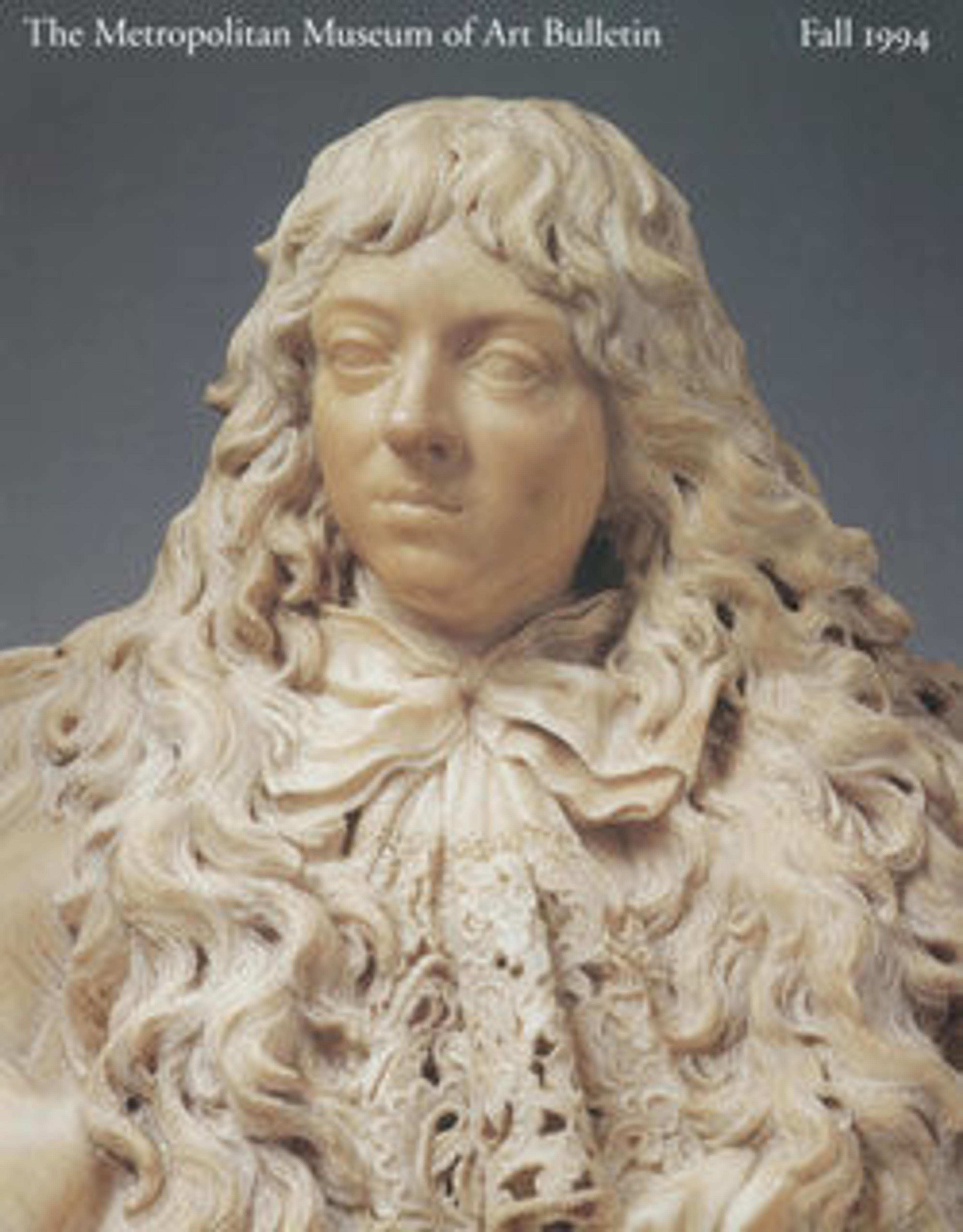Block Statue of Ankhwennefer
Ankhwennefer is shown squatting on the ground. Only the head, hands and feet emerge from a cloak that he has drawn tightly around his body. Since the Middle Kingdom this statuary type, called a "block statue," served to represent non-royal persons in a general context of solar beliefs. The artist of the Ankhwennefer statue has achieved a sensitive blend of the abstract block form with organic details that are especially noticeable in the face, in the profile view of the body and in the beautifully expressive feet. The slight lift of the face is thought to be directed towards the sun.
Artwork Details
- Title: Block Statue of Ankhwennefer
- Period: Late Period
- Dynasty: Dynasty 25–26
- Date: ca. 690–650 B.C.
- Geography: From Egypt
- Medium: Limestone
- Dimensions: H. 46 × W. 19.8 × D. 35 cm, 38.8 kg (18 1/8 × 7 13/16 × 13 3/4 in., 85.6 lb.)
- Credit Line: Purchase, Lila Acheson Wallace Gift and Rogers, Fletcher, Harris Brisbane Dick, and Louis V. Bell Funds and Joseph Pulitzer Bequest, 1993
- Object Number: 1993.161
- Curatorial Department: Egyptian Art
More Artwork
Research Resources
The Met provides unparalleled resources for research and welcomes an international community of students and scholars. The Met's Open Access API is where creators and researchers can connect to the The Met collection. Open Access data and public domain images are available for unrestricted commercial and noncommercial use without permission or fee.
To request images under copyright and other restrictions, please use this Image Request form.
Feedback
We continue to research and examine historical and cultural context for objects in The Met collection. If you have comments or questions about this object record, please contact us using the form below. The Museum looks forward to receiving your comments.
